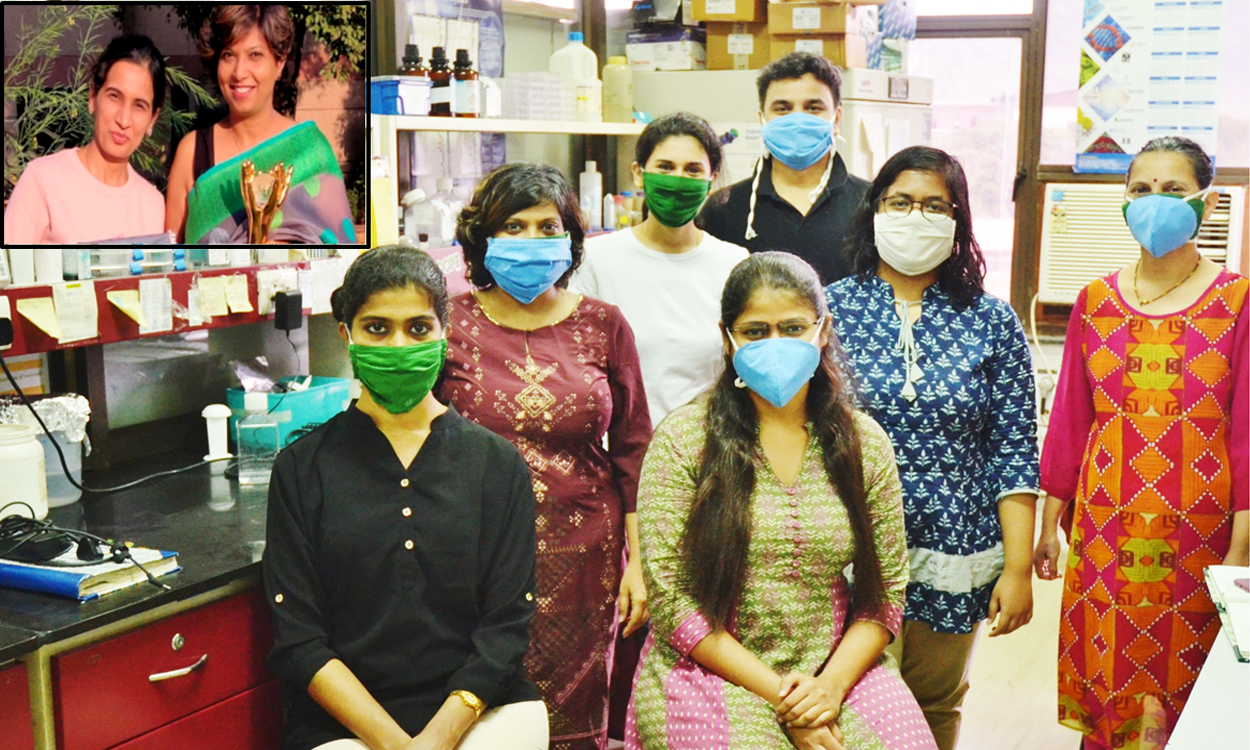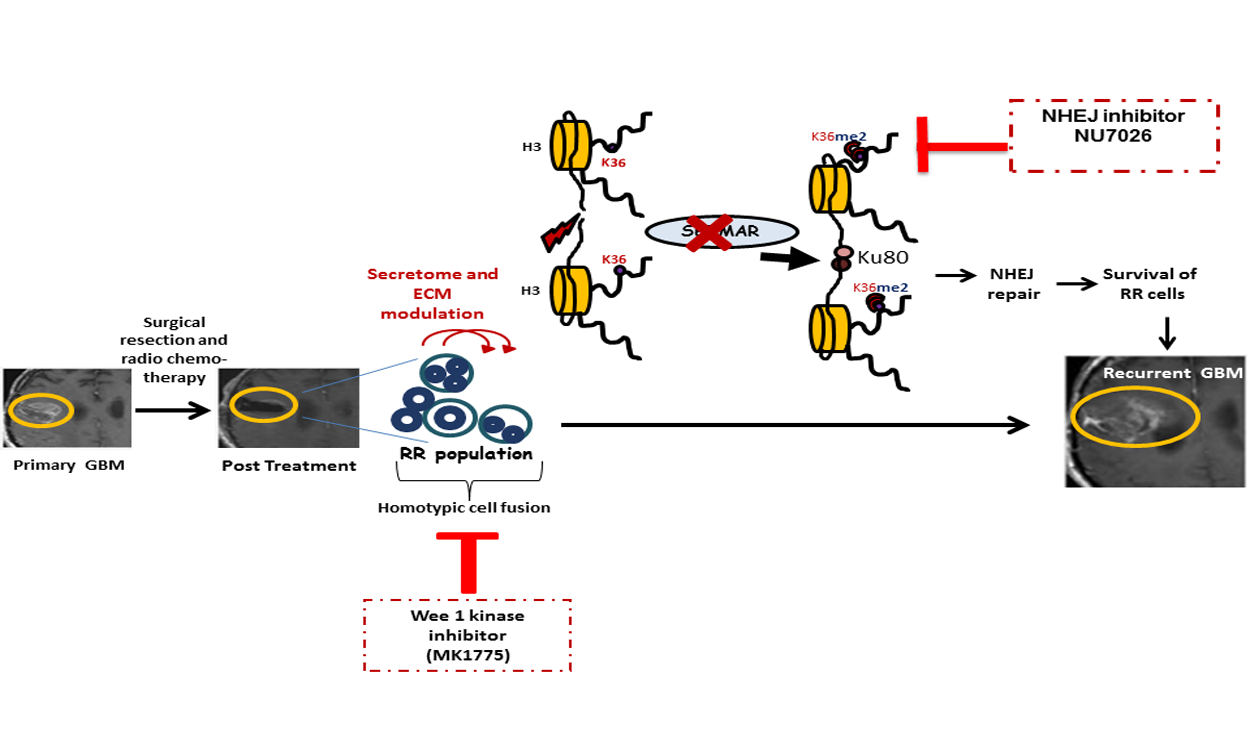
ACTREC reseachers sheds light on how the residual resistant glioblastoma cells utilize DNA repair mechanism in their favor to survive the cancer therapies like radiation therapy.
JUL 27, 2020 | WRITTEN BY RATNESHWAR THAKUR | PODCAST BY SHILPEE DUTT
Glioblastoma (GBM) is a debilitating disease which has become increasingly common among adults. Glioblastoma is a type of cancer that begins within the brain. While the available treatment for Glioblastoma like surgery, radiotherapy or chemotherapy may prolong the life of patients, Glioblastoma recurrence is still a major problem and is inevitable.
Moreover, treating brain related disease is more challenging as the brain is not easily accessible to the clinicians like other parts of the body. Presence of resistant GBM cells which are not responsive to the therapies like radiation therapy - contributes to its poor patient survival rate. Researchers say not enough studies are available to clearly explain glioblastoma recurrence which is important to understand in order to find a possible cure.
This prompted Dr. Shilpee Dutt’s team at Advanced Centre for Treatment, Research and Education in Cancer (ACTREC), Tata Memorial Centre, Kharghar, Navi Mumbai - to take up the challenge of establishing a clinically relevant therapy resistant model and identifying the survival strategies of the resistant cells.
In the present study, Dr. Dutt's research team sheds light on how the residual resistant glioblastoma cells utilize DNA repair mechanism in their favor to survive the cancer therapies including radiation therapy.
 In the process of radiation therapy for cancer treatment, ionizing radiation cause double strand breaks (DSBs) in DNA which are very lethal lesion for cells; however resistant cells are able to repair these lesions by non-homologous end-joining (NHEJ) to maintain the chromosomal integrity and prevent cell death. The results of this study have been published in the journal Neuro-Oncology.
In the process of radiation therapy for cancer treatment, ionizing radiation cause double strand breaks (DSBs) in DNA which are very lethal lesion for cells; however resistant cells are able to repair these lesions by non-homologous end-joining (NHEJ) to maintain the chromosomal integrity and prevent cell death. The results of this study have been published in the journal Neuro-Oncology.
This is the first report that explains the molecular mechanism of survival adopted by clinically relevant therapy resistant residual GBM cells. By identifying druggable targets specific to the resistant cells, this study has opened new window of opportunity for therapeutic intervention in Glioblastoma.
The research team included Ekjot Kaur, Jyothi Nair, Atanu Ghorai, Saket V Mishra, Anagha Achareker, Madhura Ketkar, Debashmita Sarkar, Sameer Salunkhe, Jacinth Rajendra, Nilesh Gardi, Sanket Desai, Prajish Iyer, Rahul Thorat, Amit Dutt, Aliasgar Moiyadi, and Shilpee Dutt. The study was funded by Department of Biotechnology (DBT), Govt. of India.
Journal Reference:
Inhibition of SETMAR-H3K36me2-NHEJ repair axis in residual disease cells prevent glioblastoma recurrence


Thus, drugs targeting of SETMAR methyltransferase may enable specific eradication of residual disease cells without impacting normal cell,” She added.